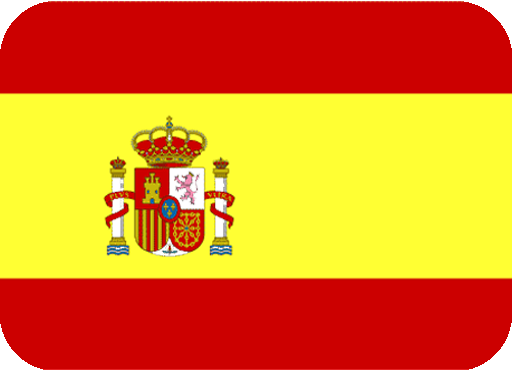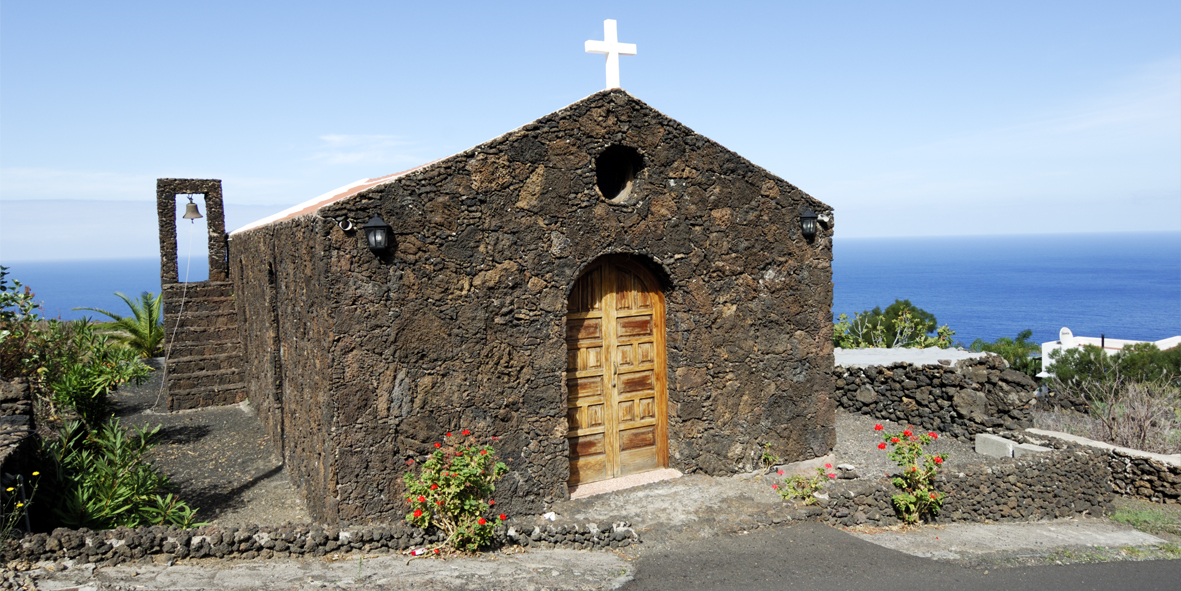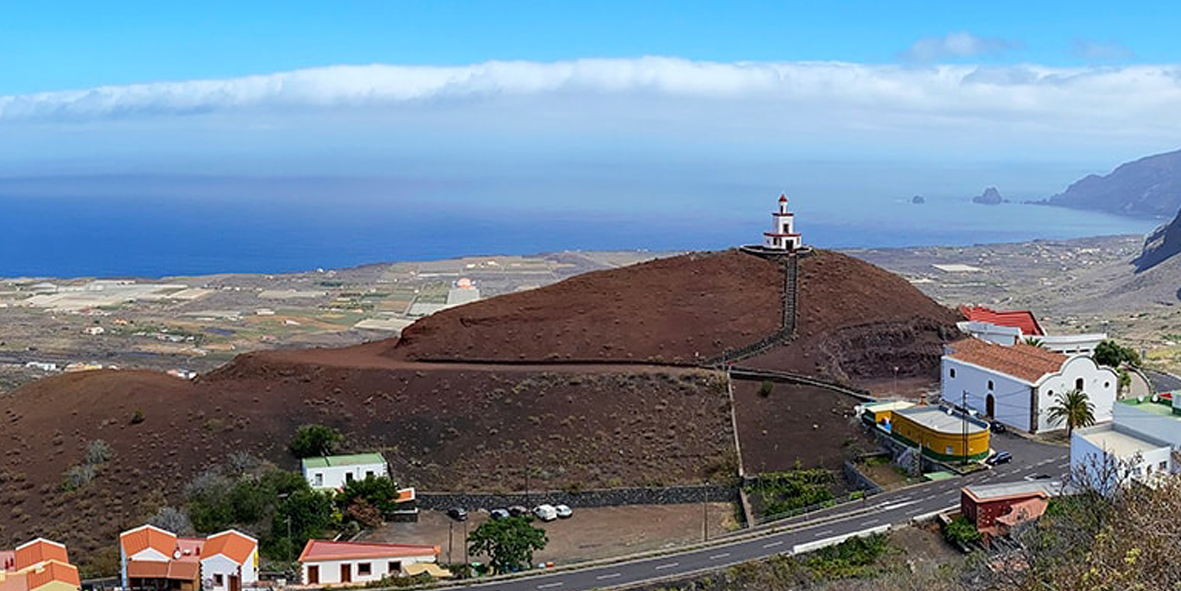Iglesia de Los Llanillos

La Ermita de Los Llanillos es de reciente construcción. Fue promovida por el Ayuntamiento de La Frontera a finales de los años 70 para adecuar el entorno en el que se situaba la Casa del Ataúd.
Esta ermita presenta similitudes con las edificaciones herreñas. Se trata de una pequeña construcción de una planta con la cubierta inclinada a dos aguas, de teja plana, revestida de piedra del lugar; con la campana en su exterior y con acceso a la misma mediante una escalera.
En 1994 se amplía la ermita para dar cabida a su Sacristía, con cubierta en su interior de entramado de madera y solado previsto de granito, que alberga la imagen de Nuestra Señora de La Milagrosa; una donación esta realizada por un vecino del lugar, de la que no disponemos de fecha de referencia.
Junto a la Iglesia se encuentra la denominada como Casa del Ataúd, una pequeña construcción de piedra seca que forma parte del patrimonio cultural del municipio de La Frontera. En ella se conserva un antiguo ataúd utilizado hasta los primeros años del S. XX para transportar a los vecinos fallecidos hasta el lugar de enterramiento.
Cuenta la tradición que este ataúd era de uso público, utilizado por las familias que no tenían medios económicos para disponer de uno y que una vez usado se volvía a guardar con esmero en esta pequeña construcción. Los vecinos cuidaban del féretro, renovando algunos de sus elementos o restaurándolo en caso necesario. Al parecer esta costumbre fundamentada en la necesidad también llegó a realizarse en otros pueblos de la isla de El Hierro.

The church of Los Llanillos is a recent contruction. It was promoted by the town hall of La Frontera in the 70s to adapt and improve the area where the House of the Coffin was located.
This little church is similar to traditional local buildings. This is a small building with one floor and gable roof with flat tiles, its walls lined with local stone; with the bell in the outside, accessible through a staircase.
In 1994 the church is renovated to make room for its Sacristy, lined with timber and granite flooring, home for the image of Our Lady of Miracles, which was donated by a local neighbour, although no record has been kept of when this took place.
Next to the church is the so-called House of the Coffin, a small building lined with dry stone which is part of the cultural heritage of the town of La Frontera. An old coffin is kept here, which was used until the first years of the 20th century in order to carry the local deceased to be buried.
It is traditionally said that this coffin was available for local families with no economic means to pay for one, and once used it was carefully kept in this building. The neighbours looked after the coffin, making amendments or renovating it whenever it was necessary.
Apparently, his tradition also took place in other villages on the island of El Hierro.
*Texto traducido con la colaboración de la Escuela Oficial de Idiomas de Valverde, El Hierro


